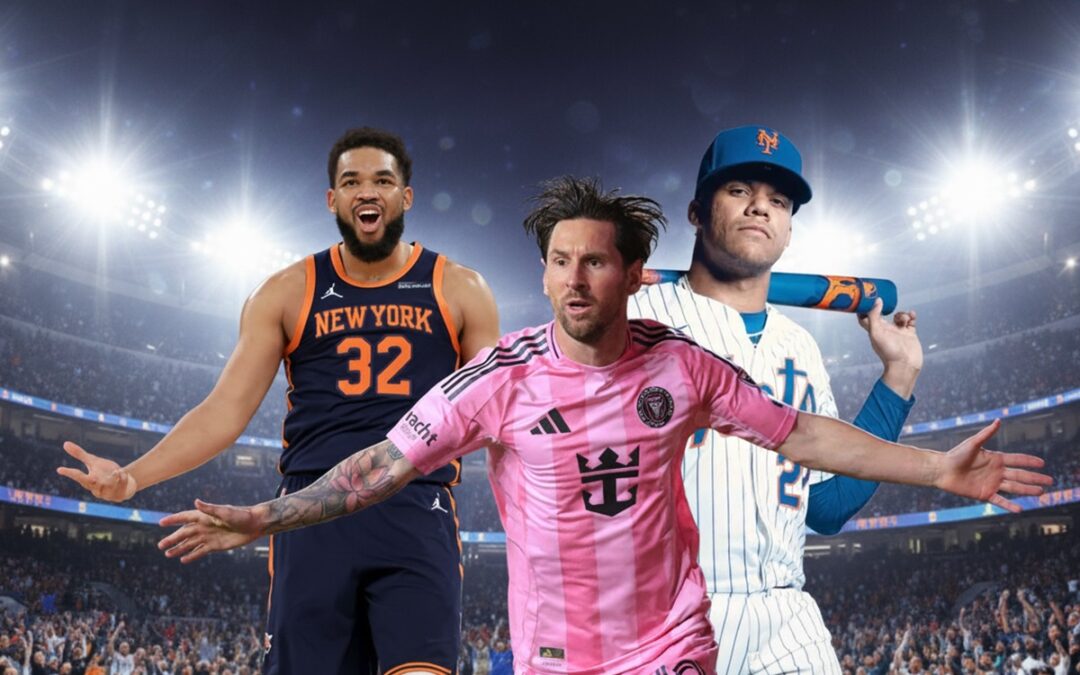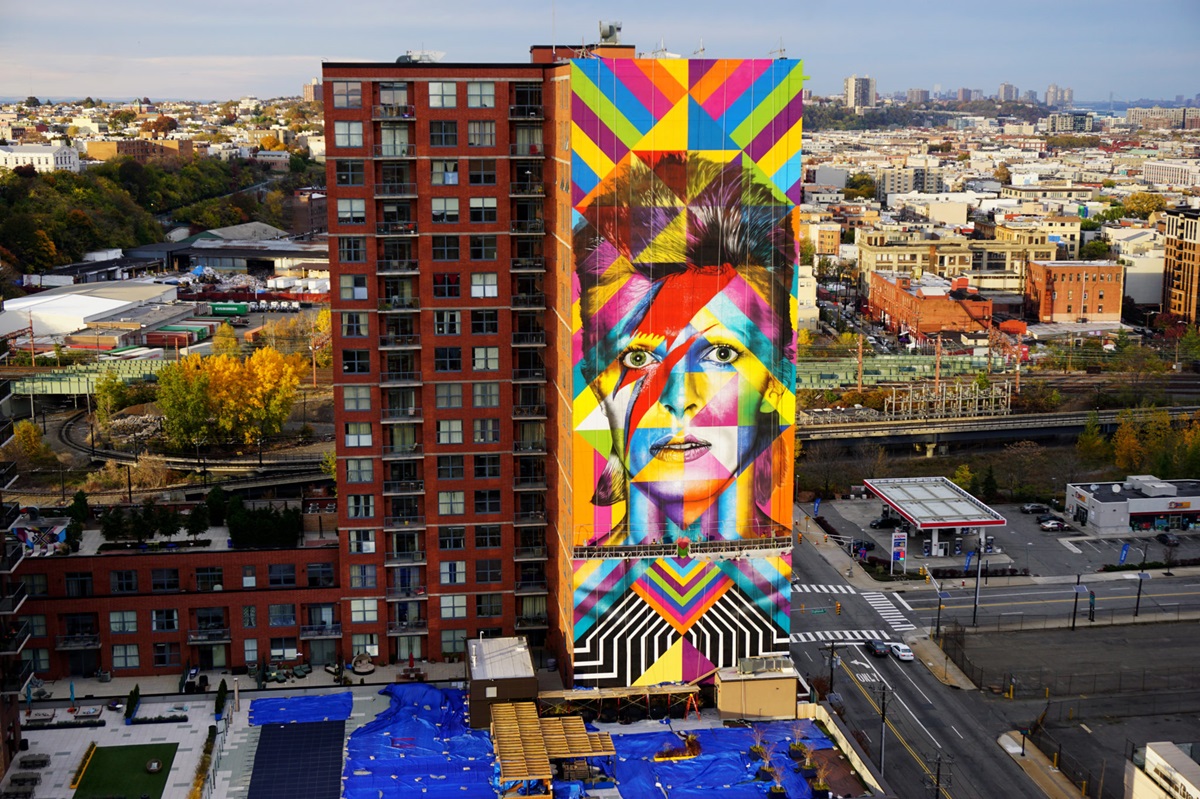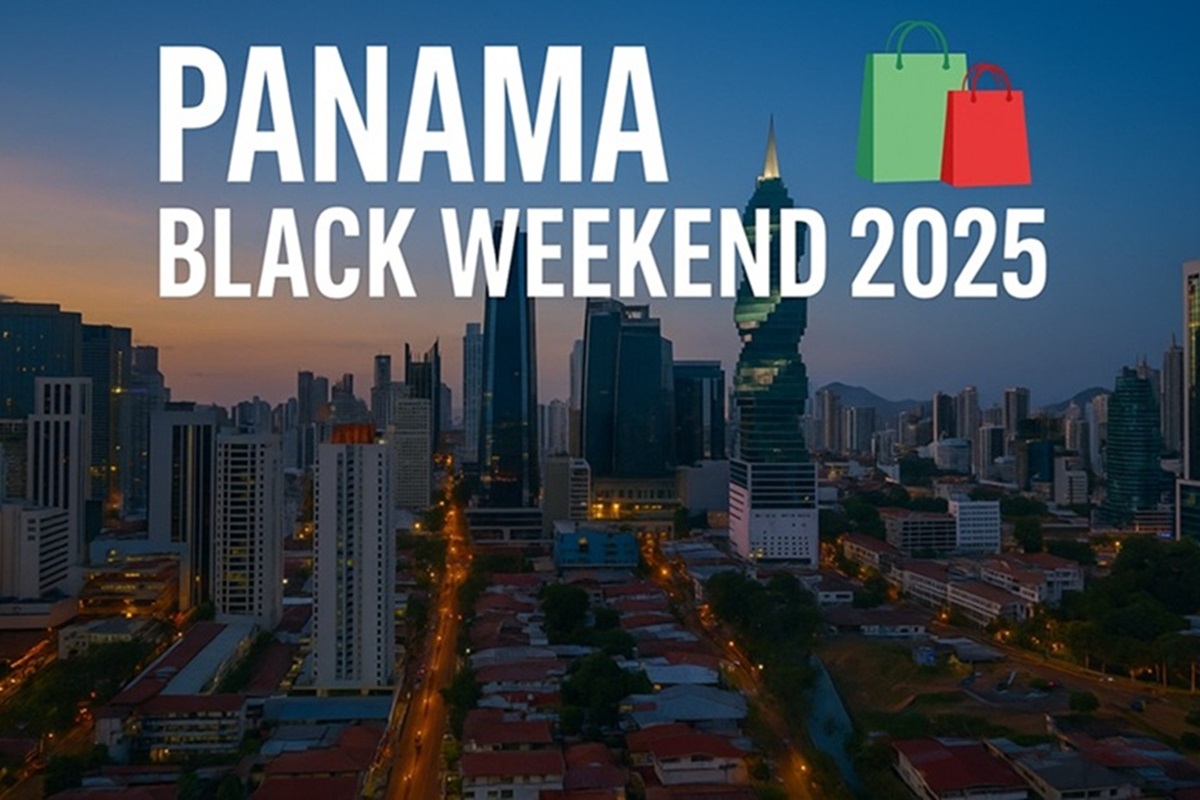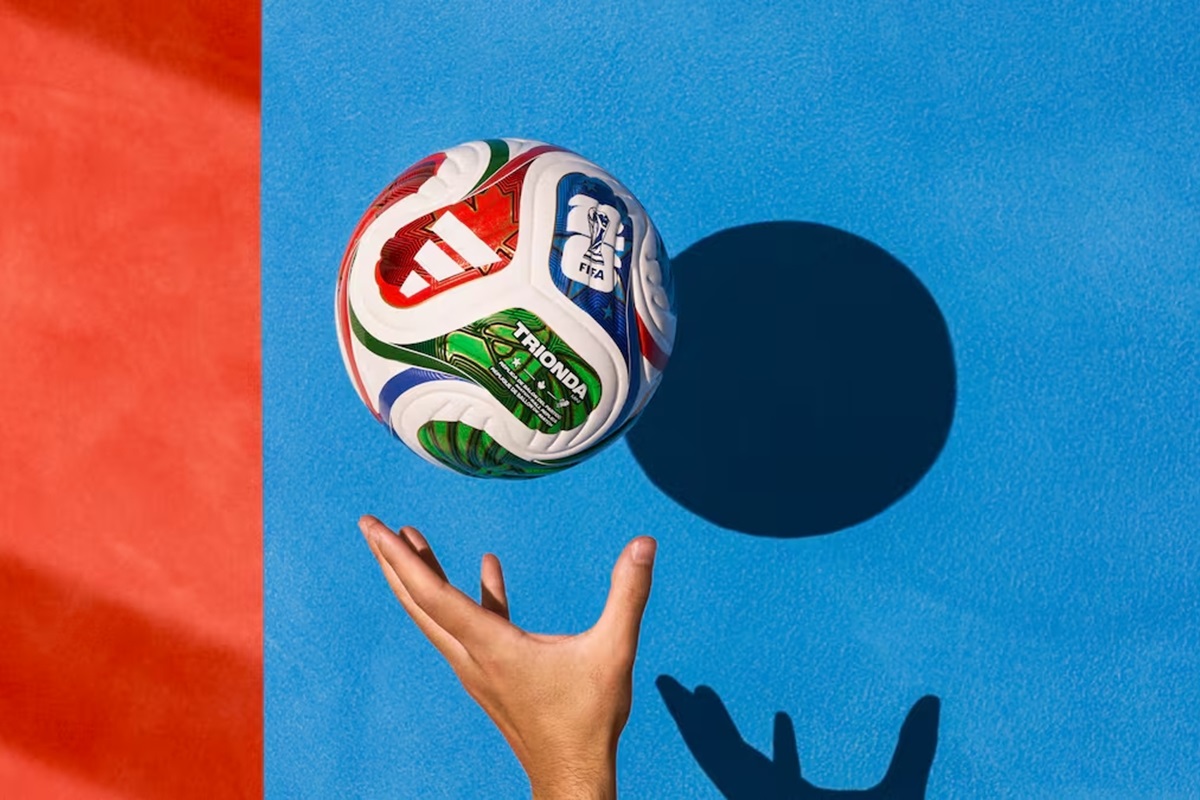Hispanic Heritage Month 2025 finds Latino athletes at one of their most powerful moments within the U.S. sports scene. Just mentioning Juan Soto—who signed the largest contract in the history of professional sports in this country—shows how Latino talent is no longer just making headlines; it is shaping entire economies and redefining audiences. Yet beyond multimillion-dollar contracts and record-breaking performances, an inevitable question emerges: what does this impact truly mean in terms of representation, cultural influence, and the challenges still ahead?
What is Hispanic Heritage Month and why is it celebrated?
Every year, from September 15 to October 15, the United States pauses to honor the more than 60 million Hispanics and Latinos living in the country. Hispanic Heritage Month is not only a time to celebrate, but also a reminder that the history of this nation is intertwined with the voices, struggles, and achievements of communities from Mexico, the Caribbean, and across Latin America.
The choice of dates is not random. September 15 marks the independence of Costa Rica, El Salvador, Guatemala, Honduras, and Nicaragua; the following day, Mexico celebrates, and shortly afterward Chile. In October, Indigenous Peoples’ Day is also commemorated. The calendar thus links processes of emancipation with the cultural diversity now thriving in the United States.
This 2025, the official theme is “Collective Heritage: Honoring the Past, Inspiring the Future,” a call to recognize how new generations continue to write chapters of leadership. Sports, as a global showcase, have become one of the most visible stages for this heritage in motion.
Latino power in today’s baseball
Baseball, long considered America’s pastime, has also become a mirror of Latino power. On the Opening Day rosters of the 2025 Major League Baseball season, nearly 30% of players were of Latino descent. That number is more than a statistic: it reflects that without Caribbean and Latin American players, MLB would lose a core part of its contemporary identity.
Juan Soto is the most high-profile face of this phenomenon. His record-breaking contract with the New York Mets not only set an economic milestone, it also confirmed that the market sees Latino talent as indispensable. Alongside him shine stars like Fernando Tatis Jr., Julio Rodríguez, and Ronald Acuña Jr., all capable of mobilizing masses of young fans who see their own identity reflected in them.
The impact goes beyond the diamond. Baseball has proven to be a tool of cultural integration. For many immigrant families, following the career of a fellow countryman is a way to feel part of the American story. The success of these players turns every game into a bridge between roots and the present.
Messi and the Latino footprint in MLS
Soccer, historically relegated in the U.S., is undergoing a transformation stamped with Latino influence, amplified by the fast-approaching FIFA World Cup. One-third of MLS players are of Latino origin, as are 30% of the league’s fans. That connection between pitch and stands explains why Lionel Messi found in Miami the perfect stage for his arrival in 2023.
His presence changed MLS forever. Not only because of the media impact, but because it turned the league into a cultural meeting point. Stadiums now fill with Argentine, Mexican, Honduran, and Dominican flags. The experience of watching Messi play in the U.S. has shown how soccer can consolidate itself as the Latino sport in a country long dominated by baseball, the NFL, and the NBA.
Messi’s arrival also highlights the economic potential: global broadcasts, sponsorship deals, and the pull of new generations. During Hispanic Heritage Month, his figure stands not only as a sports icon but also as a symbol of how the Latino diaspora is reshaping sports geographies.
Basketball and the NFL: new Latino generations on the rise
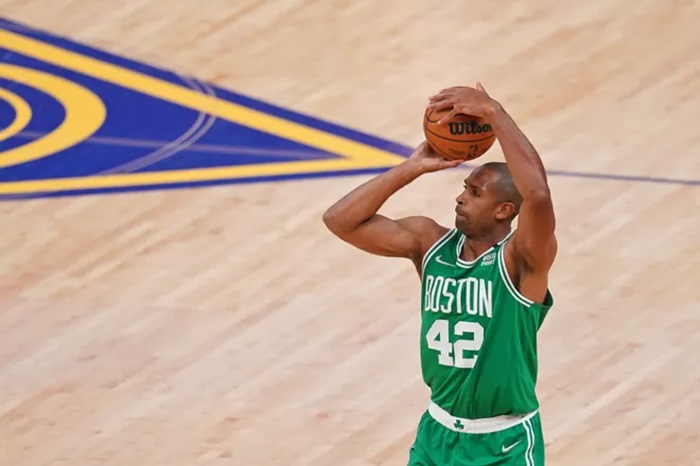
The NBA and NFL, though historically less associated with Latino culture, are evolving in ways worth noting. In basketball, Karl-Anthony Towns (Dominican Republic) and Al Horford (also Dominican) have established themselves as key figures, paving the way for a new wave of Caribbean-rooted talent. Their impact is twofold: competitive within the league and symbolic for young Latinos who once saw basketball as distant.
In the NFL, the “Por la cultura” campaign—launched during this Hispanic Heritage Month—illustrates the league’s ambitions. Players like Isiah Pacheco, a Kansas City Chiefs star, and Christian González, a New England Patriots defender, have become ambassadors for a sport seeking deeper ties with Latino communities in and beyond the U.S.
The numbers speak loudly. More than 39 million Latino fans follow the NFL in the U.S., making up one of the league’s largest audiences. That consumer power explains why teams are investing in cultural tributes, scholarships, and community programs throughout the season.
Latina women breaking barriers
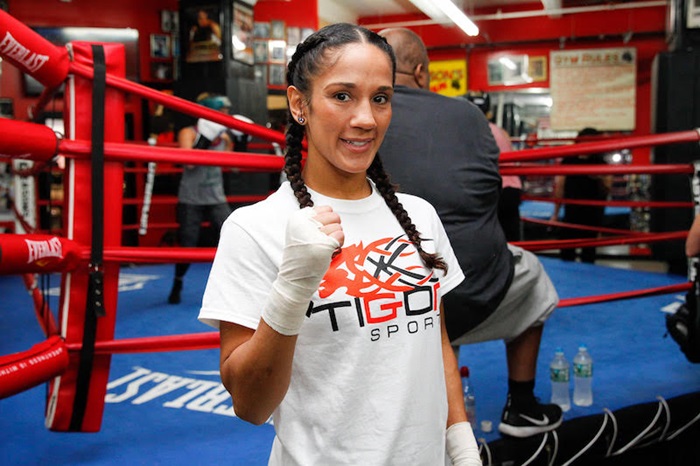
Talking about heritage also means recognizing those breaking gender barriers. Latina women are stepping into spaces long denied to them. In boxing, Amanda Serrano has solidified herself as one of the most dominant fighters of her generation, placing Puerto Rico at the heart of global conversations.
In soccer, Mexican forward María Sánchez in the NWSL (National Women’s Soccer League) stands out not only for her skills but also for representing the push to spotlight Latina players in a growing and competitive market.
Beyond the field, Latina presence is expanding in sports journalism, team ownership, and refereeing—opening much-needed debates about equity. Hispanic Heritage Month is also a chance to highlight these achievements and demand broader representation.
A legacy in the making: visibility, contracts, and pending challenges
The impact of Latinos in U.S. sports is undeniable, but not without tensions. The fact that 72% of Latino sports fans are Gen Z or millennials—compared to 50% of the U.S. average—reveals a vibrant youth base that consumes, demands, and redefines the industry. Yet representation in leadership positions—owners, head coaches, executives—remains limited.
Juan Soto’s contract or Messi’s MLS arrival are milestones, but they also contrast with the reality of thousands of Latino athletes facing less visibility, fewer sponsorship opportunities, and constant pressure to “prove” their worth.
Hispanic Heritage Month 2025, with its official campaigns and media spotlight, risks becoming a festival of symbols without depth if it is not paired with structural policies: greater investment in sports academies in Latino communities, mentorship programs, and pathways into leadership roles.
Ultimately, Latino athletes are no longer promises—they are protagonists. They have transformed leagues, redefined audiences, and shown that Hispanic heritage is not only memory but also present and future. The real challenge, beyond contracts and medals, is ensuring that this power translates into equal opportunities and a sports narrative that truly reflects the diversity of the United States.

